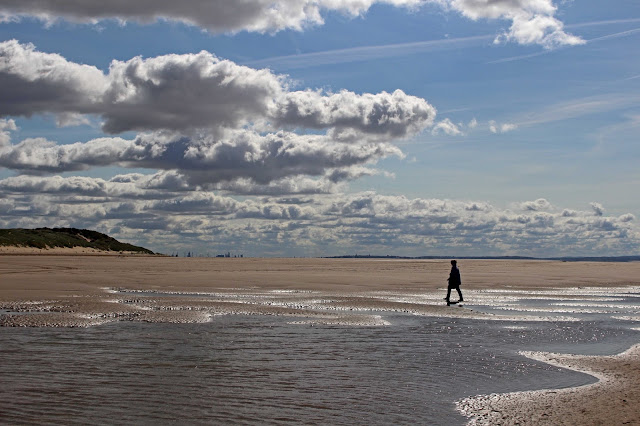One
of the loveliest aspects of Cardiff
The
doors are frequently painted in vibrant reds, blues and greens, and they often
have unusual-shaped windows inset into their upper sections, some of which are
filled with plain glass, others with prettily patterned stained glass designs. It
is also common to see panels of decorated tiles on either side of the doors,
often with Art Deco-style patterns fired into them. Many doors feature
rectangular or arched windows above and at the sides, to allow light to filter
into the hallway beyond, and some of the older entranceways still retain the
charming wrought-iron and glass porches that help protect those entering and
exiting the house from inclement weather.
Where
they have survived the ravages of time and foot traffic, some of the pavements
leading up to the doorways are tiled in colourful geometric designs. Many of
these tiles and designs were from the factory of J. C. Edwards & Co of
Ruabon, a town in North Wales famous for its
clay and terracotta ware, and you can see a page of tessellated and encaustic
tile designs from an Edwards catalogue to the right here. Ruabon’s clay manufacturing
was so well esteemed that the town was, at one time, affectionately known as ‘Terracottapolis’.
(There will be more on J. C. Edwards and his terracotta products in a future
blog.)
Sadly,
not every entranceway looks as lovely as those shown here. Some house-owners
have removed the lovely old doors and replaced them with double-glazed plastic
monstrosities, practical perhaps but often exceedingly ugly. Wrought-iron
porches have crumbled and been dismantled, tile panels have been painted over, and
pavements have been replaced with dreary grey paving slabs.
This
blog is intended as a pictorial celebration of how beautiful these architectural features
can be, and a shout out to all those wonderful home-owners who value and care
for these historic treasures.




























